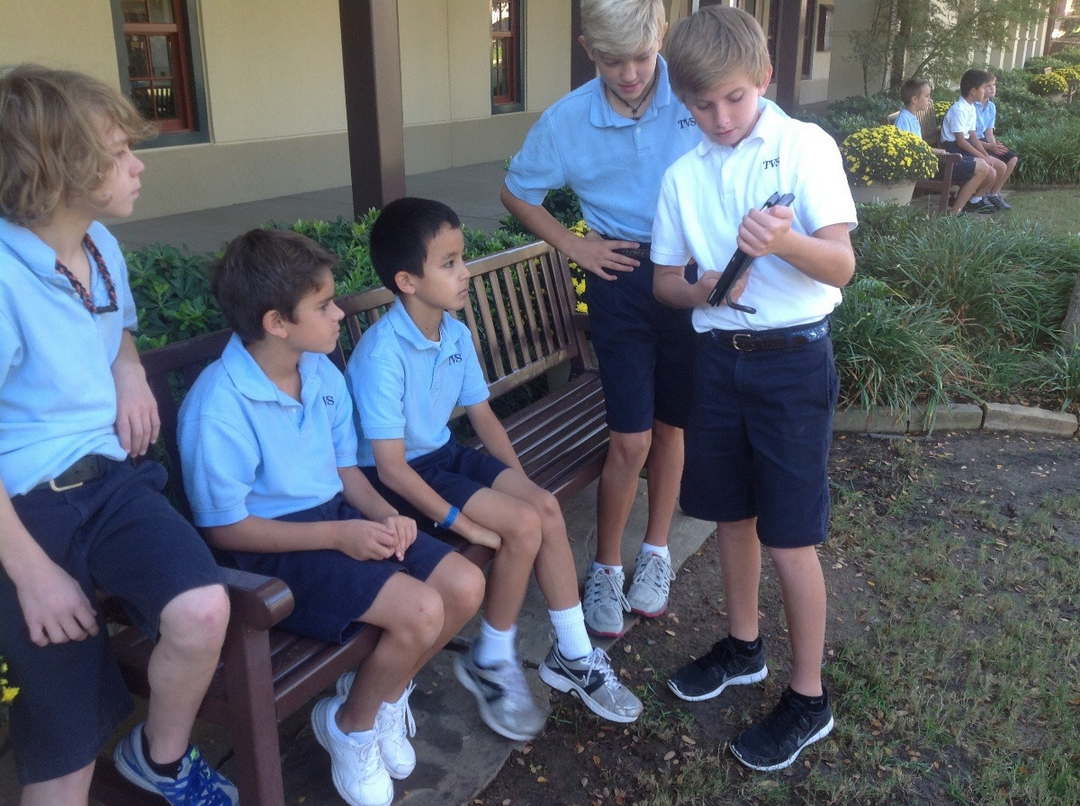What Happens When You Ask Students To Write a Story Collaboratively Using Quip? Magic with a Capital “M”
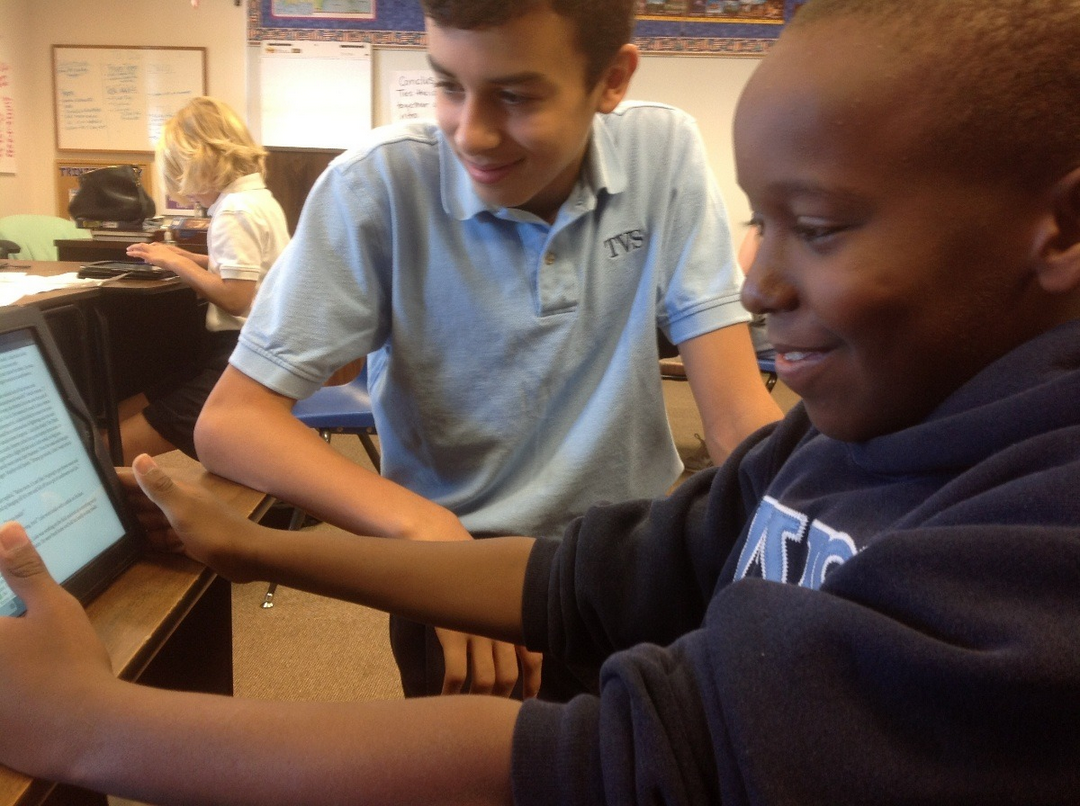
Tina Harper teaches seventh grade at Trinity Valley School, a K-12 independent college preparatory day school. Tina’s passion for teaching stems from her belief that all students have the ability to make a difference in the world by learning effective skills in communication. As a teacher with ten years experience, she is constantly searching for new ways to engage her students in learning and the writing process. Below is a description of her first experience using Quip in the classroom as a tool to develop a community of writers.
Quip in the Classroom- An Epiphany
I was first introduced to Quip by my tech savvy Middle School Head, Dr. Mike Kris, as a tool for faculty to use in communicating about school business. Quip opened a line of communication amongst faculty about students, scheduling, and curriculum that felt efficient and natural. Each grade level team in our middle school now uses Quip to make decisions, plan events, and to share thoughts about students and grade level issues.
In the process, I discovered how easy it is for multiple members of a group to create. I was searching for a more effective way to allow students the opportunity to collaborate in writing and The Quip Created Texas Myth was born.
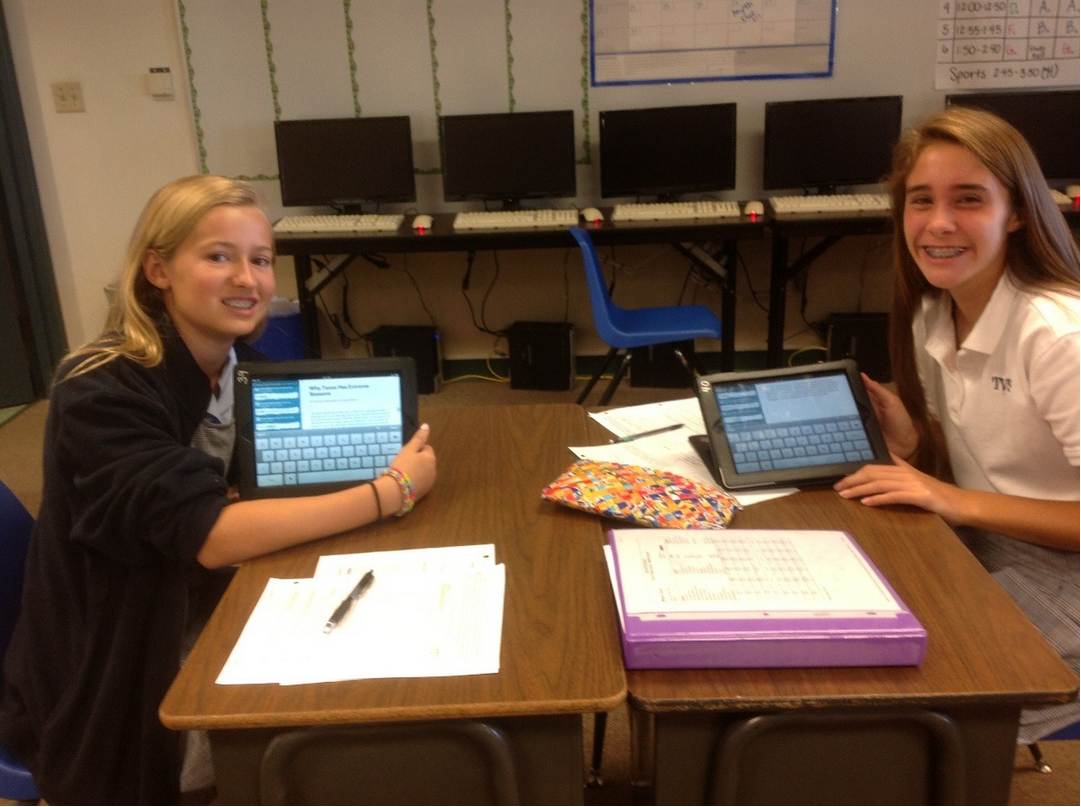
Studying the literary and historical art of Native American and Greek Mythology is part of our seventh grade humanities curriculum at Trinity Valley School in Fort Worth, Texas. After studying the elements of mythology and the history of specific myths, students were given the task to write a myth reflecting Texas culture. Students then shared these myths with students in the Lower School at Trinity Valley. For the first time ever, I assigned this task using Quip rather than the traditional word processing method I used myself as a student in college and high school. Nervous and excited, I introduced Quip to my students. As true Digital Natives, student groups of three to six learned to use Quip in a matter of minutes, and immediately began the process of writing a collaborative myth on their iPads.
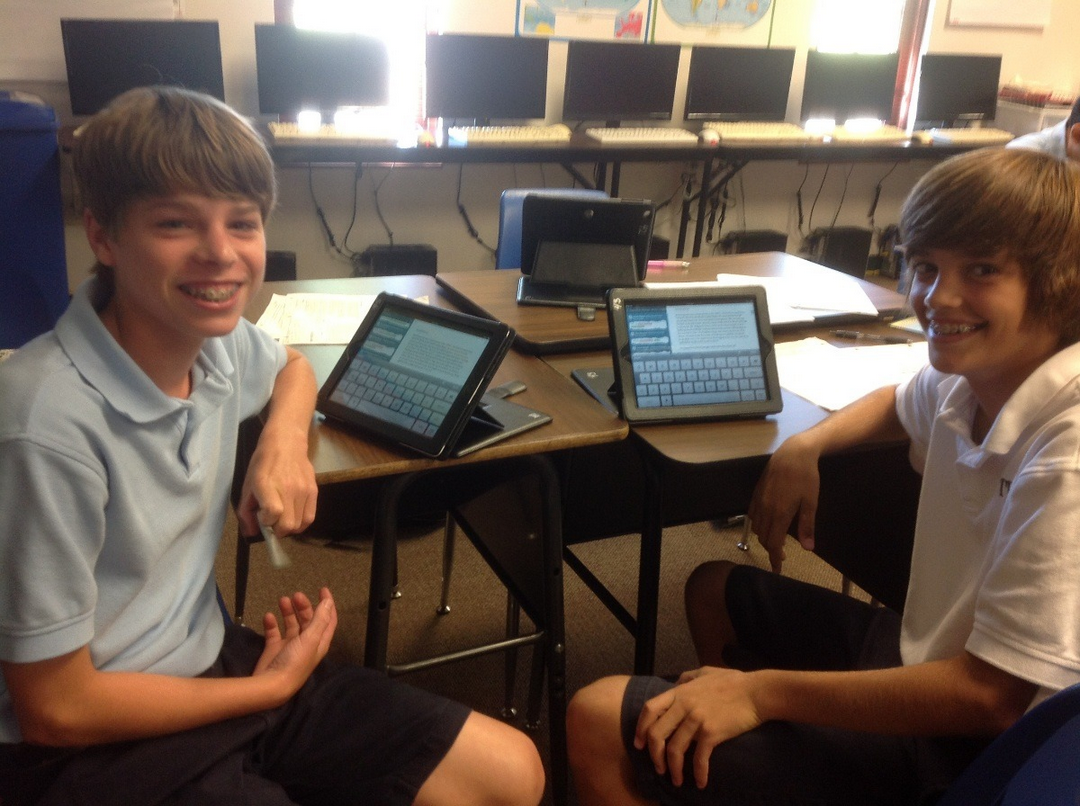
Each student created a Quip account and began the collaborative writing process. Often, one or two students spent time developing the ideas of the story in Quip using an iPad while a third spent time editing the work of his/her group members. This allowed all students to remain 100 percent engaged throughout the writing process.
At the same time, I had access to all documents created by my students along with documentation embedded in Quip’s program of the time and amount of work contributed by each student. As a result, students felt free to ask me questions through the messaging system on Quip at any time (even while I was working with a separate group of students), and I had the assurance that all students felt responsible for contributing an equal amount of work towards the final product.
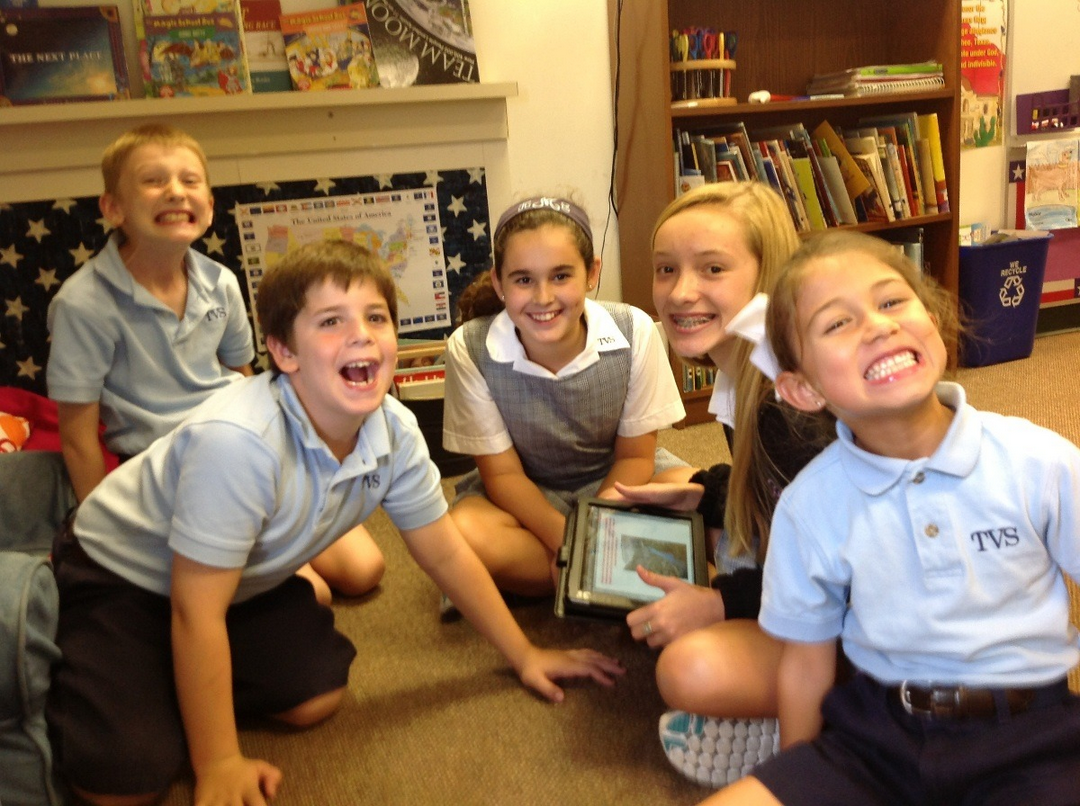
Quip Provided a Solution to Common Concerns of Collaborative Writing
In the past, I often struggled with group writing assignments. How do I hold all students accountable? How do I check-in with each group effectively, ensuring that all groups get my full attention and feedback throughout the process? How do I know the amount and type of work each student contributed to the process? Quip allowed me to answer these questions with greater confidence; it provided an avenue for me as the teacher to see each student’s contribution in real time. Because students could write on the same document at the same time from their iPads, all students remained engaged throughout the assignment.
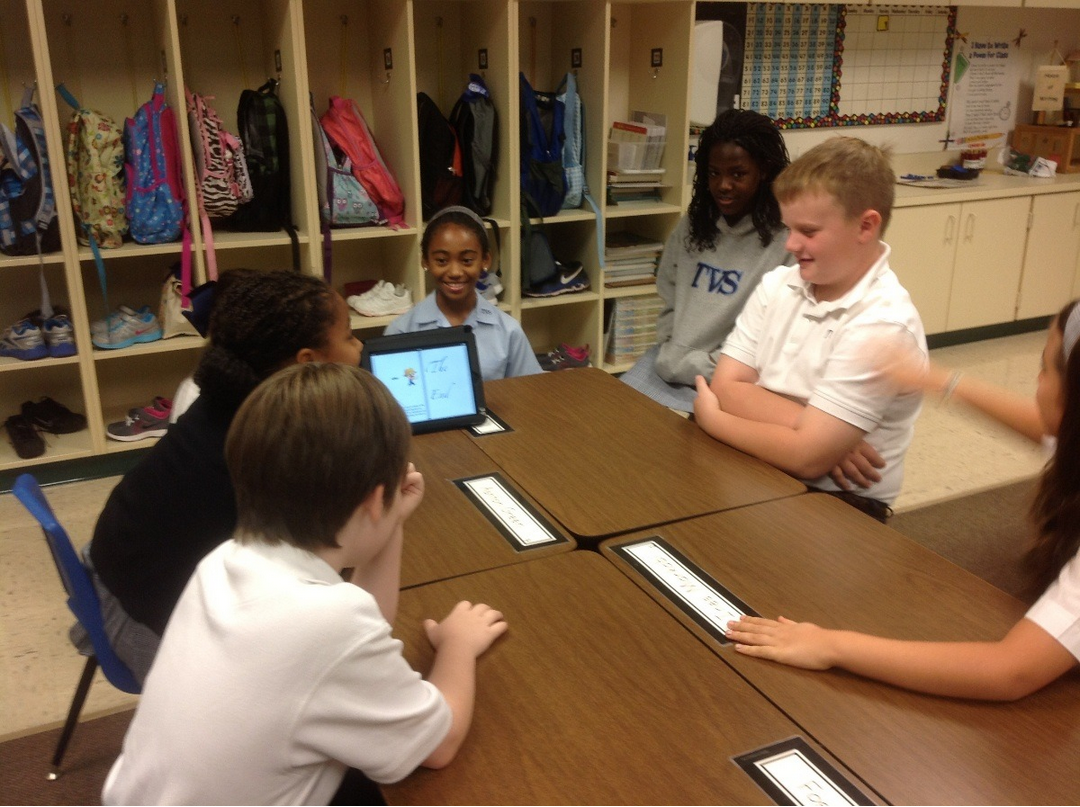
Quip also allowed me to send messages to groups and individual members of a group through its messaging system. Students took to the messaging feature instantly, posting questions and comments to their group members and to me as they worked.
The final product my students created was by far of a higher quality myth than previous years’ work. Students were proud to read their myths to lower school students at Trinity Valley. By using Quip, I had the opportunity to offer feedback more often and in a shorter amount of time. Copying and pasting student created myths into a book creating application, Story Creator, on the iPad was a seamless process. Furthermore, by the end of the project most students had downloaded the Quip App to their phones and had also accessed Quip on their home computers and laptops, allowing most to work on perfecting their myths at home, in the car, or even on the sidelines of a sports event.

Quip Allowed Me To Be in Two Places at Once — Magic!
The moment I knew Quip worked for my particular needs was the day I had to call a substitute to teach my classes. I was out for a professional development workshop, but in an essential way I was still in the classroom with my students. I could pull up students work during each class period and see my kiddos typing away. I even received a few questions throughout the day and was able to respond to students’ questions on breaks. One student even commented the following day, “Mrs. Harper, I was typing and then all of the sudden you sent me a note! It was so cool, but a little creepy. I felt like you could see us even though you weren’t there!” This is the moment when I knew Quip could provide access to my students’ academic needs in an avenue I had not experienced before as a teacher.

Why Students Love Quip
At the end of each unit, students are given the opportunity to grade their humanities teacher using a set of standards we hope to meet while teaching a particular area of study. Overwhelmingly students marked the Quip Myth as their “favorite and most engaging” portion of the unit. Just a few of their comments tell the story:
- “It was fun working with my friends and not feeling like I had to do all of the work. That’s a problem sometimes, but on this assignment you could tell who did the work.”
- “I felt like we were doing work like we will in the real world. It was easy to paste our work from Quip to the Story Creator. Reading to Lower School students felt important, like our work mattered.”
- “It was awesome how the Quip creators actually helped us when we had a problem. I never expected them to write back with help so fast when I lost my work.”
Students love Quip because they had the chance to work creatively with classmates; they felt that all students were held accountable; they had easy access to help from the creators of this application and from their teacher; they felt like the work they were doing mirrored an authentic experience of working collaboratively in the real world. In the process, students gained a little love for our writing community as a whole. Magical indeed!
